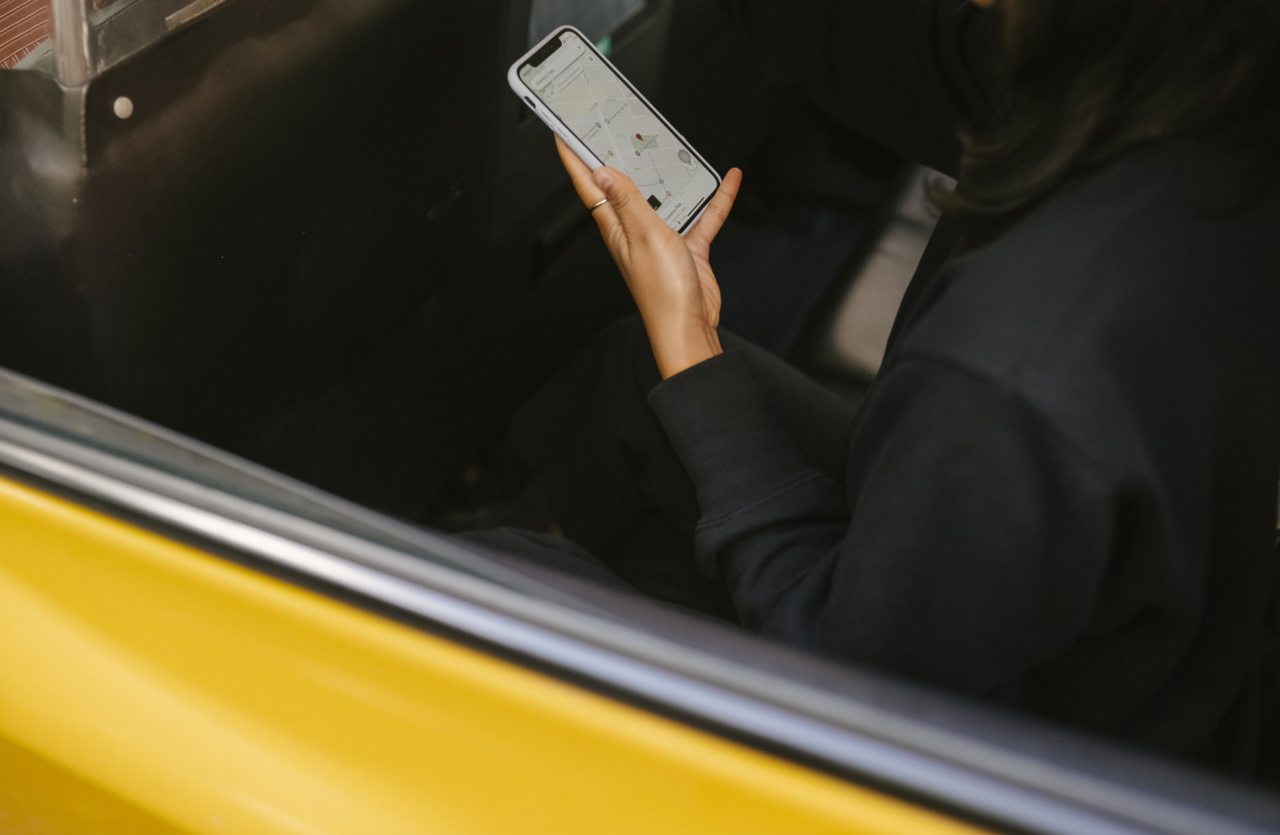Cats can be quite adventurous creatures, but sometimes they can get lost while exploring. This is where GPS technology comes in – it can help you keep track of your cat’s whereabouts and ensure that they stay safe and sound.
In this guide, we’ll talk about how GPS works, the different types of GPS devices available for cats, and some tips on how to get the most out of your GPS system.
How does GPS work?
GPS, or Global Positioning System, is a network of satellites that orbit the Earth. These satellites send signals to GPS devices on the ground, which then calculate the device’s location based on the signals.
In order to be able to use GPS, the device needs to have a clear view of the sky so that it can receive signals from the satellites.
Types of GPS devices for cats
There are several types of GPS devices available for cats. The most common types are collar tags and GPS trackers.
Collar tags
Collar tags are small GPS devices that attach to your cat’s collar. They are lightweight and easy to use, but they do have some limitations.
For example, they may not be very accurate in areas with poor satellite coverage, and they may not be waterproof, which means that they could be damaged if your cat gets caught in the rain.
GPS trackers
GPS trackers are more advanced than collar tags, and they come in various shapes and sizes. Some are designed to attach to your cat’s collar, while others can be attached to your cat’s harness.
They are generally more accurate than collar tags, and they often come with additional features such as activity tracking and virtual fences. However, they can be more expensive than collar tags, and they may require a subscription fee to use.
Tips for getting the most out of your GPS system
Here are some tips for getting the most out of your GPS system:.
Choose a device that is appropriate for your cat
When choosing a GPS device, make sure that it is appropriate for your cat’s size and temperament.
A heavy and bulky device may not be suitable for a small or timid cat, while a lightweight and flimsy device may not withstand the rough and tumble play of a more active and mischievous cat.
Make sure the device is properly charged
GPS devices rely on battery power, so it is important to make sure that the device is properly charged before each use. Depending on the device, the battery may last anywhere from a few days to a few weeks.
Check the device’s signal strength
GPS devices need a strong and clear signal from the satellites in order to work properly. Before heading out on an outdoor adventure, check the signal strength of the device to make sure that it is sufficient for the area you will be exploring.
Set up virtual fences
Some GPS trackers come with the option to set up virtual fences. These are essentially invisible boundaries that you can define on a map. When your cat crosses the boundary, you will be alerted via a notification on your phone or email.
This can be a useful way to keep track of your cat’s movements and prevent them from straying too far from home.
Check the device’s data plan
Some GPS devices require a data plan to upload location data to the cloud. Make sure that you have an appropriate data plan in place before using the device. You don’t want to end up with a huge bill at the end of the month!.
In conclusion
GPS technology can be a valuable tool for keeping your cat safe and sound. With the right device and a few tips, you can ensure that your furry friend always stays within your sight, no matter where their adventurous spirit takes them.






























